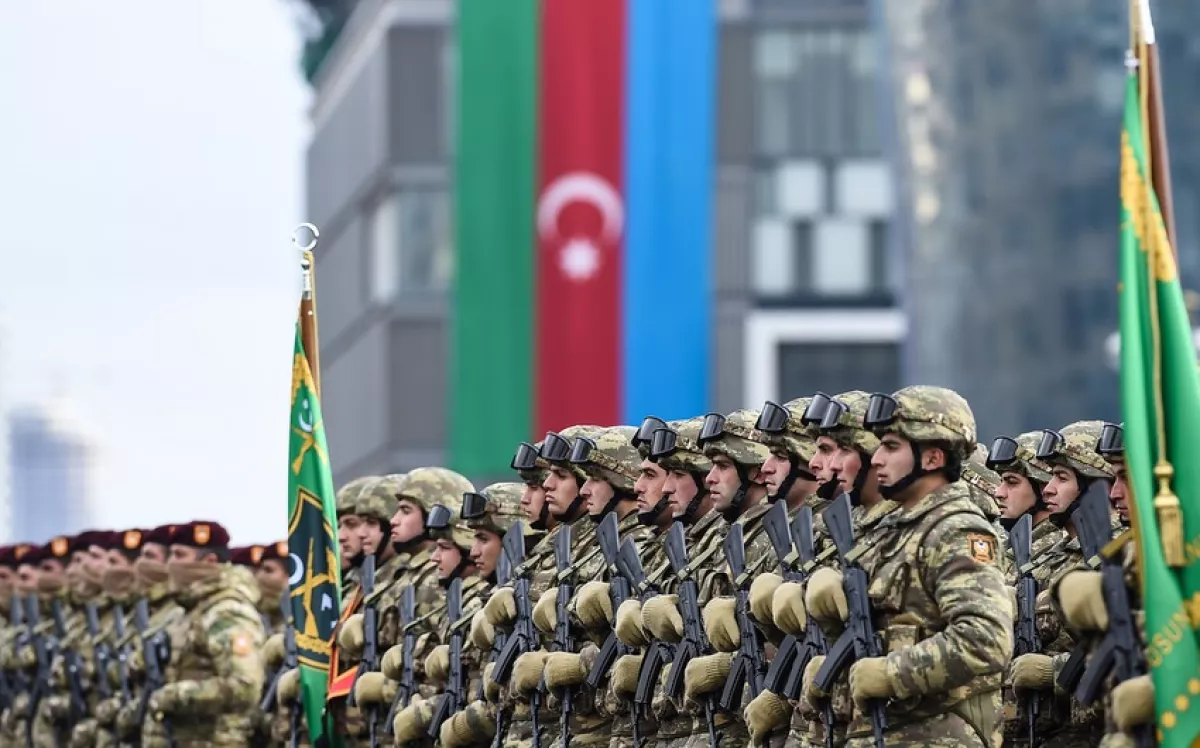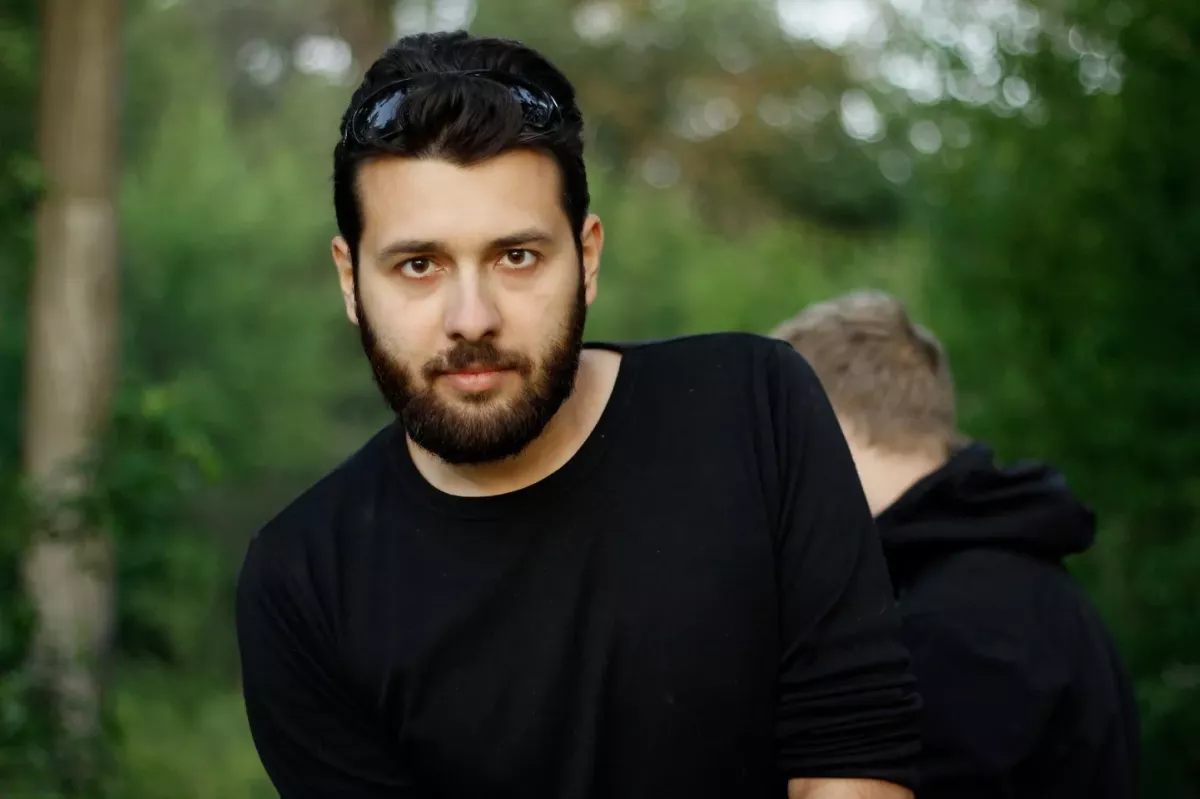Türkiye’s drones, China’s power, Pakistan’s success, and Azerbaijan’s experience Expert opinions on Caliber.Az
In the coming months, China is set to deliver its new-generation J-35A stealth fighter jets to Pakistan. This will mark a significant development in the defence sphere and could shift the strategic air balance in South Asia, according to the Malaysian media outlet Defence Security Asia. Meanwhile, unmanned military aviation is rapidly advancing across the region.
Caliber.Az spoke with experts from Russia and Israel about how the balance of power is changing and who is setting the pace in military technology.

Russian military expert and historian Alexey Khlopotov believes that with the growth of China’s economic and military power, the regional balance of forces has long shifted towards Southeast Asia. In his view, the situation with Pakistan is particularly noteworthy, as it is about to join the club of countries possessing fifth-generation fighter aircraft.
“The United States — a global leader in this domain — restricts the export of its F-35 jets. For example, Türkiye is building an aircraft carrier, but the U.S. refuses to supply it with fifth-generation fighters for its air wing. However, Türkiye is actively developing technologies for launching drones from decks — from reconnaissance UAVs to heavy strike drones, including those using stealth technology.
These technologies are already being implemented: training is underway on the decks of helicopter carriers. A manned fighter can perform coordinating functions — controlling drones, directing them, and relaying data. However, with China developing its own alternative to the F-35, the balance of power is undergoing a significant shift,” the expert stressed.
Khlopotov does not rule out the possibility that Türkiye, despite being a NATO member, might turn to China for new aircraft.
“This could serve as leverage against the United States: either you sell to us, or we’ll buy from China,” he added.
At the same time, the expert believes that India has not proven itself to be a technologically advanced side in its recent clashes with Pakistan.

“Pakistan began developing military technologies later than others, but has made substantial progress. Until the mid-1990s, China had barely advanced in this area, but then it made a dramatic leap. Pakistan, closely aligned with Beijing, followed suit. Türkiye, too, has been developing technologies from scratch, particularly in the UAV and naval sectors,” Khlopotov explained.
He also pointed out that Azerbaijan has followed a similar path.
“Against the backdrop of aggression from Armenia, Azerbaijan managed to build a modern army from the ground up. Unlike Russia, where many outdated systems and approaches persist — both in terms of equipment and organisational structure — Azerbaijan created everything from scratch: hardware, software, and combat management systems. This gave it a significant advantage,” he emphasised.

According to Khlopotov, Russia, observing the events in Karabakh, drew certain conclusions. Before the invasion of Ukraine, tanks were urgently equipped with anti-drone protection.
“Ukraine not only replicated this experience but also scaled it up. Miniature drones controlled via fibre optics represent a new era.
Meanwhile, Europe is experiencing a stagnation in military modernisation. They have sufficient finances, but their armies are practically ineffective. Systemic thinking has become ossified, and technologies are fragmented. Europe does not have its own fifth-generation fighter — only American F-35s. There is no large-scale military industry either. They have components, but no full-fledged base,” he emphasised.
Assessing the situation in Russia, the expert stated: “We are not economically backward, but the level of corruption is off the charts. Funds allocated for modernising the army are embezzled. There is no real investment in technology. China and the U.S. are already working on sixth-generation fighters, while Russia is still struggling with the fifth. The Su-57 is produced in limited quantities, with long pauses and constant shortcomings.”
Speaking about India, Khlopotov noted: “It is a large, economically developed country, but with serious failures in the defence sector. In pharmaceuticals, chemistry, and space, yes, they are strong. But in tank, artillery, and drone production — no. It all boils down to buying licenses. The Arjun tank project never became a breakthrough. The reason is corruption and ineffective management.
Clan elements are evident in Indian politics: one party lobbies for imports, another for domestic development. The ‘Make in India’ programme works more on paper than in practice.”

Israeli officer and military analyst Yigal Levin noted that the technological breakthrough in aviation by Türkiye, Azerbaijan, and Pakistan is a matter of survival.
“A drone is no longer just an auxiliary weapon. It has become the dominant element on the battlefield. Those who understand this are actively investing in the field.
Azerbaijan, Türkiye, and Pakistan are not poor countries. They have resources, money, intellectual and technical potential,” the expert emphasised.
According to him, the importance of unmanned aviation became especially clear after Ukraine’s “Spiderweb” operation, which targeted Russia’s strategic aviation.
“These images made an impression on the entire world. But at the same time, it became clear: the same could happen to us. This applies to all — the mentioned countries and China alike. The development of unmanned aviation is not just an investment. It is a strategic priority,” Levin concluded.








